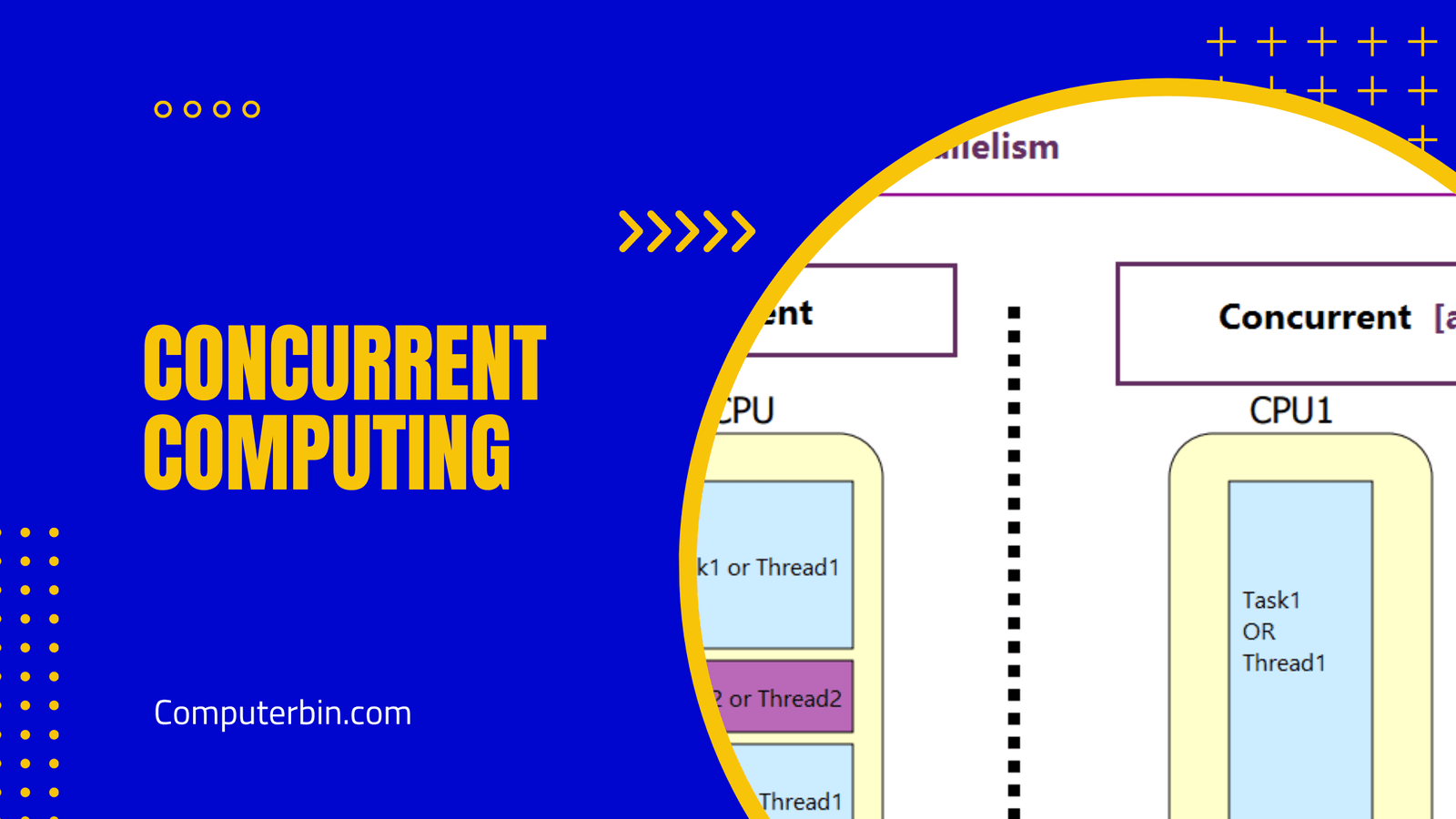In 1972, Intel released the 8008 microprocessor, an 8-bit design designed for small computers and embedded systems that became widely popular during the 1970s and early 1980s. Running at 800 kHz, this chip could execute up to 200,000 instructions per second.
The 8008 processor had a straightforward architecture, consisting of only 8-bit data registers and 8-bit address registers. It supported only 8-bit arithmetic, logical, and branching instructions. Furthermore, there was some internal memory known as registers which served to temporarily store data while processing was underway.
The 8008 processor was ultimately superseded by more advanced models such as the 8086 and 80286, featuring complex architectures and higher clock speeds. Nonetheless, it marked an important milestone in computer processor technology and played a pivotal role in the early growth of personal computer industry.





